Konjac glucomannan has the properties of thickening, emulsifying, gelling, bonding, water retention, and so on. It is used as a thickener, emulsifier, stabilizer, quality improver, and other food additives in the food industry. It is widely used in grain, meat, beverages, condiments, and soy products.
1. Konjac glucomannan: Applications in food products
Konjac glucomannan has good adhesion, water absorption, and water retention. It has an important use in foodstuffs such as noodles, instant noodles, vermicelli, pasta, steamed buns, buns, dumplings, bread, cakes, soufflés, cookies, and other pastries.
Add the amount of konjac flour is about 0.1% ~ 0.5% of the raw material, and add 50 times the weight of the flour ~ 80 times the water.
Strong mixing so that the powder is evenly distributed in water, to be fully dissolved powder particles have been fully mixed into the raw materials, according to the product of the general process operation.
Add 0.1% konjac flour made of bread, steamed bread, etc., its porosity and expansion rate are increased, the volume increased, the texture is fine and uniform, more elastic, soft and fluffy tastes pleasant.
However, if you add too much, because of the strong water absorption to prevent the protein particles in the water from fully dissolving, the bread pore size is not uniform, and the pore wall is thick.
Adding an appropriate amount of konjac flour in the cake base material, can make the products have good heat preservation, eat without slagging, non-stick teeth, soft and delicate taste, and shelf life.
Add 0.5% of the konjac flour to the noodles, which can increase the storage extension, toughness increase, improve cooking resistance, breakage rate significantly reduced, not muddy soup, smooth texture, and soft, surface finish improvement.
Adding an appropriate amount of konjac flour to the process of making vermicelli can achieve a similar effect as adding noodles.
Adding amount (dry weight ratio): rice flour, bean flour 0.1% to 0.5%, corn flour, potato flour, sweet potato flour 0.5% to 1.0%.
In the baked goods add an appropriate amount of konjac flour, due to the impediment of konjac glucan and slow down the reordering of the pasteurized starch molecules, delaying the starch back to life, and preventing the rapid loss of water, thus delaying the aging of baked goods.
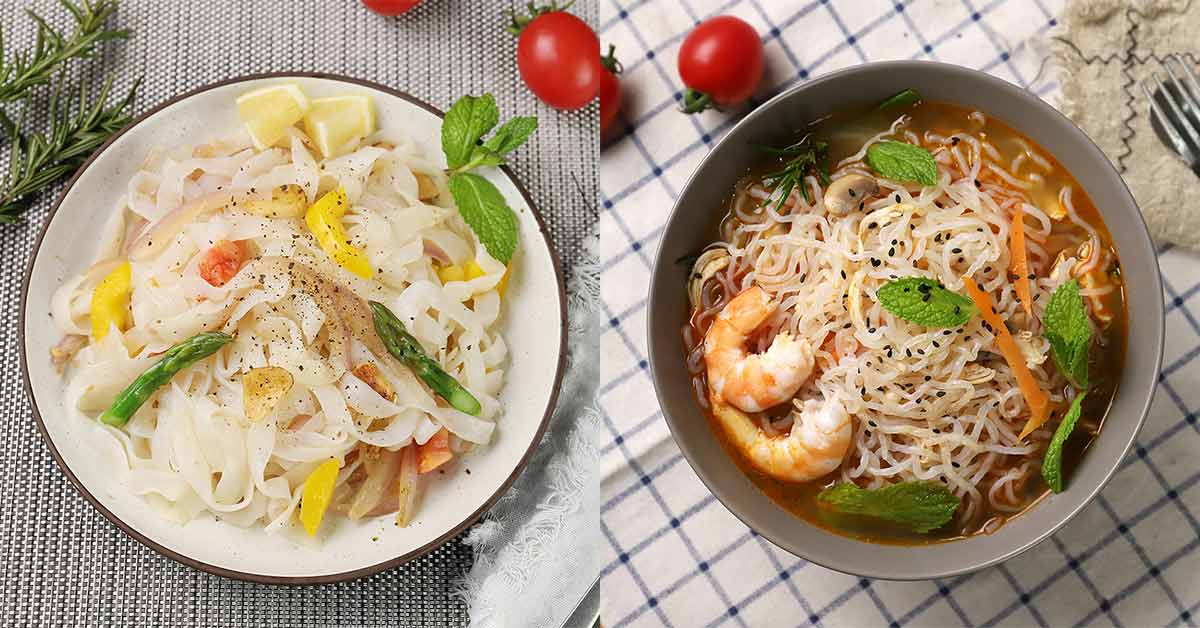
2. Konjac glucomannan: Application in meat products
Traditional meat products belong to high-fat, high-cholesterol food.
With the improvement in people’s quality of life and the change in dietary concepts, in recent years, low-fat meat products are increasingly favored by consumers.
Adding an appropriate amount of konjac flour to sausages, ham, luncheon meat, fish balls, and other meat products can play the role of bonding, preserving freshness, and increasing volume.
Adding konjac gum to minced meat can increase the water absorption of minced meat, improve its structure, and make it elastic.
Replacing part of the fat in meat products with konjac gum can improve the structural properties of the water phase and produce a creamy and slippery consistency.
In particular, konjac gum and carrageenan compound added to low-fat minced meat can significantly improve the texture of the product, and improve the water properties.
This gives low-fat ground meat products a juicy, smooth texture, and achieves the requirement of mimicking high-fat meat products.
Konjac gum as a ham and sausage as an incremental agent and adjusting the taste of the improver can significantly improve the yield and quality of products.
Use konjac flour to replace part of the fat production of sausage, its sausage body elasticity, good slicing, water holding capacity enhancement, fat, and energy decline.
Even if the replacement of fat is up to 20%, the texture and flavor of the product are still very good and have a long shelf life.
Western-style ham requires a tight bond between meat pieces, no holes, or cracks, good slicing performance, and good water retention.
The conventional process is through the addition of soy protein, modified starch, etc., and the addition of 2% of the meat weight of the konjac flour, both up to the above purposes, but also than soy protein, modified starch cost is low.
2. 1 Konjac fat substitute minced meat
Product formula (%): lean meat 70, fat 17.5, fat substitute (compound konjac gum) 0.8, salt 3.5, sodium nitrite 0.05, compound phosphate 0.6, seasoning 1.2, sugar 2 to 3, vitamin C 0.1, potato starch 6 to 12, soy protein, water or ice water about 70.
Process requirements: mix raw meat, salt, sodium nitrite, and marinate at 0 ℃ ~ 4 ℃ for 2 to 3 days after chopping. Add food glue, compound phosphate, soybean isolate protein, seasoning, corn starch, and so on in the chopping process. Filled with homogenizer after homogenization, then boiled in a constant temperature water bath at 85 ℃ for 1.5h, cooled, and stored.
2.2 Konjac ham sausage
Product formula (%): frozen ground pork 95, compound konjac gum 1, salt 3, nitrite 0.2, compound phosphate 0.6, seasoning 1.2, sugar 2 ~ 3, vitamin C 0.1, potato starch 6 ~ 12, soy protein 8, water or ice water about 70.
Process points: first of all, the minced meat with salt and nitrite at 10 ℃ below the marinade for about 2 days, remove the chopping. Add water-soluble compound glue in the chopping, so that the protein in the meat and compound glue combination, and then add other ingredients, continue to chop and mix evenly. Then vacuum filling and sealing, boiling in water at about 80 ℃ for 1.5h, take out and cool for 10 to 12 hours.

3. Konjac glucomannan: Application in beverages
Konjac glucomannan has the properties of thickening, suspending, emulsifying, stabilizing, etc. It can improve the quality by adding it to the beverage.
In protein, drinks add 0.2% ~ 0.4% konjac flour, which can make the product not precipitate oil, not agglomerate precipitation, more stable quality, thick texture.
Fermented, fruit juice type yogurt or artificially added acidifier of all dairy beverages.
When heated and sterilized, under acidic conditions, the casein contained is prone to protein coagulation and precipitation, seriously affecting the appearance and taste.
In the fruit milk, blended yogurt, especially straight acid milk, add 0.3% to 0.35% of the konjac powder, which can make the bottled products save 3 months, and cans save 12 months without coagulation and precipitation or stratification.
In drinks with pulp, add a small amount of konjac glucan and composite gum, because it can form a gel three-dimensional network structure, greatly improve its suspension effect, adjust the taste, and improve the appearance of quality.
Using konjac glucan heat irreversible gelation, made of gel particles, different fruit juices, vegetable juices, etc., can be made into different flavors of konjac pearl drink.
The konjac gel particles and strawberry juice with, made of konjac strawberry composite particles juice drink.
3.1 Konjac pearl prickly pear juice
Product formula (%) : Prickly pear juice 20, konjac gel particles 8, sucrose 10, acidity 0.25, konjac fine powder 0.16, agar 0.15, potassium sorbate 0.04, water to make up 100.
Operation points:
① konjac gum particles preparation: weigh konjac fine powder, according to 1:10 with water to dissolve, with 5% of the weight of the fine powder of calcium oxide as a coagulant, and add water to form a 3% solution.
Add under stirring, and then place in a 120 ℃ steamer for half an hour, after the basic solidification molding, into the boiling water for 20 minutes, that is, to get the color white konjac gel block.
And then cut into 3 cm size particles, put in boiling water to bleach away debris and residual alkali flavor, fish out, and spare.
② the use of thickening agent: weighing the fine powder and agar with 15 times the water to dissolve, stirring, and heating until completely dissolved, filtered while hot standby.
③ Blending: dissolve sucrose with water, boil, and filter, add potassium sorbate solution, prickly pear juice, citric acid solution, konjac gel particles, and thickening solution under stirring, add water to make up the required amount, stirring well.
④Filling, sterilizing, and cooling.
3.2 Konjac Tea Drinks
Konjac fine powder with water expansion, tea by hot water extraction and filtration, concentration, and then mixing and blending homogenization, made of low-calorie, health effects, good taste, unique flavor of konjac black tea and flower tea drinks.
(1) process tea → hot water extraction → filtrate konjac glucan → soluble liquid blending → homogenization → coarse filtration → membrane filtration → sterilization → hot filling → pouring bottles → water cooling → finished sugar, acid → sugar → sugar → sugar acid solution.
(2) process points: filtration and sterilization are the first control points, the purpose of filtration is the removal of tea and konjac sol in a small amount of water-soluble substances.
Sterilization is to improve the shelf life of the product, hot filling sterilization effect, without the need for secondary sterilization, greatly avoiding the loss of tea ingredients and damage, and thus better flavor.
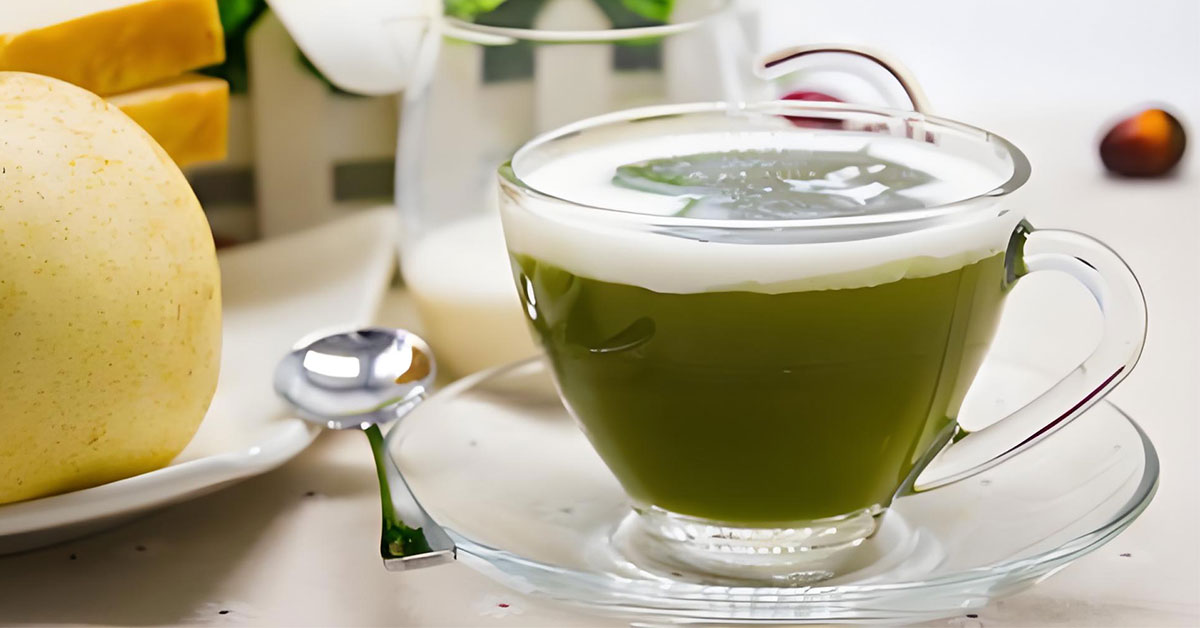


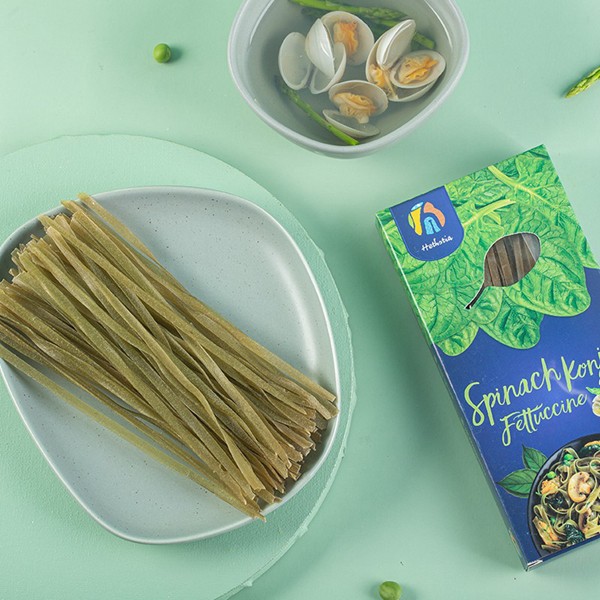

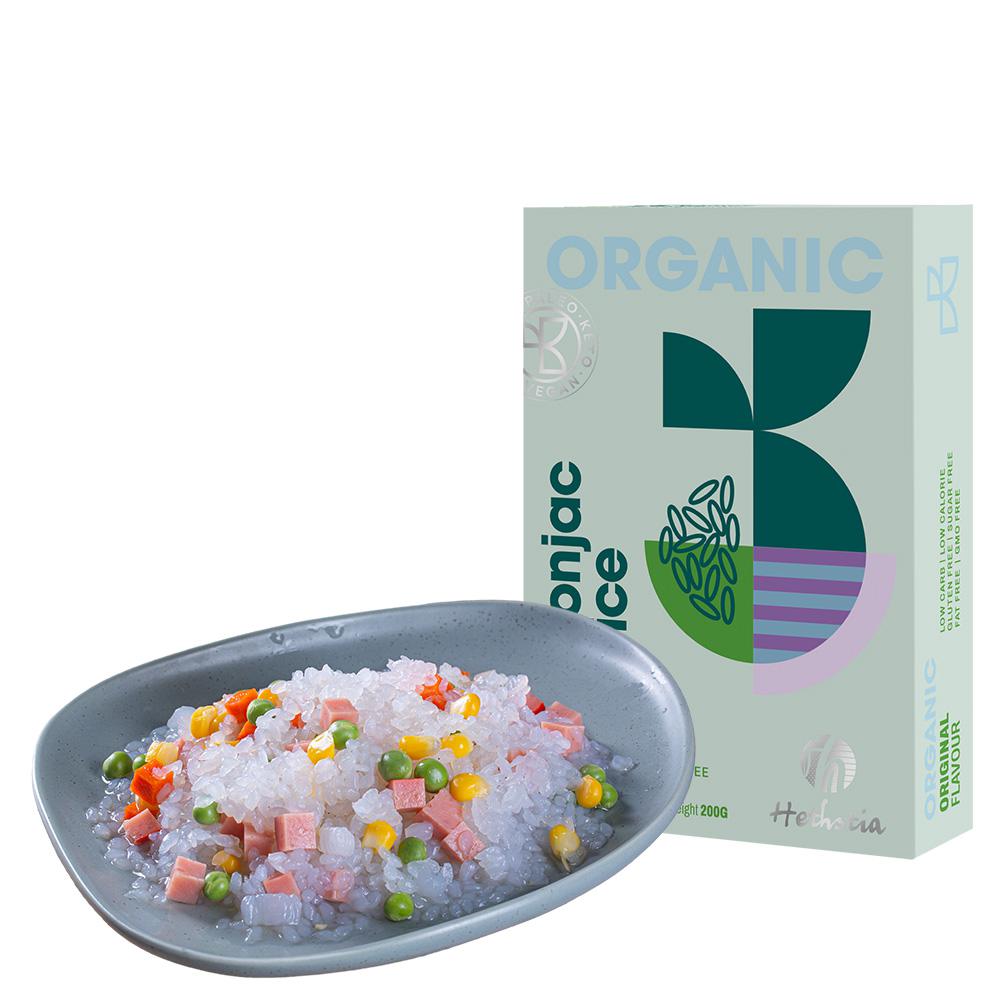
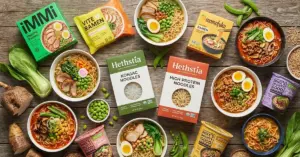




One thought on “Konjac Glucomannan: Application as an additive in food”
“Absolutely phenomenal work! The way you’ve broken down this complex topic while maintaining depth is impressive. Your expertise and research quality are evident throughout.”